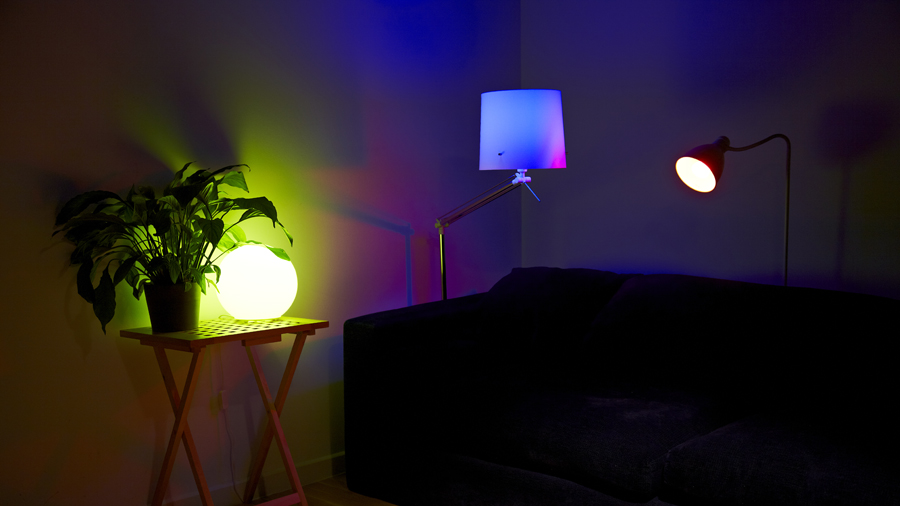Why one company shouldn't have the keys to your smart home

With the arrival of iOS 10 comes Apple's much anticipated Home App, which will allow iOS users to control and automate all of their smarthome tech from a single app.
I was impressed when I got a chance to see the Home app in action at a recent demonstration, but in the weeks since as I've been happily planning the automated home I one day hope to own, I keep running into something of a roadblock.
My problem is that I own a Nest, the smart-learning thermostat produced by a company that was acquired by Google back in 2014.
In an ideal world, my upgrade to HomeKit would involve piecing together the Lego block-style system that Apple has constructed. I'd maybe buy a couple of smart HomeKit-enabled radiator valves to place throughout my house, pair them with some temperature sensors, and use my existing Nest thermostat to control the boiler itself.
But because of Nest's association with Google, it's unlikely that we'll ever see the thermostat integrated into Apple's ecosystem.
For a product that costs $249 (£249 / AU Price tba) that's a bitter pill to swallow.
Early adopter syndrome
What Apple is attempting to do with standardising home tech, and bringing it together under a single umbrella in undoubtedly necessary if the smart home is to break into the mainstream.
Sign up for breaking news, reviews, opinion, top tech deals, and more.
But limiting a smart home to a single phone operating system is an intimidating proposition when you expect to use home tech for far longer than your next mobile is likely to last you.
Of course these companies might be planning to have users upgrade their smart home equipment as often as their phones, but I can't think of anything more nightmarish than having to replace all my lightbulbs every couple of years.
Home automation technology is expensive enough as it is; the prospect of having to tie your smartphone purchase into the ecosystem as well might scare off most mainstream consumers.
An Android competitor
Of course the big problem at the moment is that there's no equivalent ecosystem for Android.
Nest has its own 'Works with Nest' program which allows the thermostat to share information with other smart home devices, but the program is a far cry from the functionality and usability of this centralised app now offered by Apple.
So where will this go in the future?
It stands to reason that Google will hit back at HomeKit with an equivalent home automation app built into Android 'O', but this won't be the end of the story.
When that happens, we have to hope that it will be possible for manufacturers to release products that work with both ecosystems, although it might be a stretch to expect Nest to ever work with Apple's setup.

With no announcement from Google regarding a response to HomeKit it's hard to speculate how this might work, but if we end up in a situation where manufacturers have to produce items specific to each home automation system then this would be a bad move for consumers.
These criticisms are nothing unique to home automation, but they all point towards the area still firmly being in its early-adopter phase.
Items still appear to be associated with one ecosystem or the other, and with no serious competition to HomeKit yet announced, buying into home automation currently requires you to pick a very expensive side, with no guarantee you'll ever be able to leave.
What consumers need is choice. They need to be able to choose between two or more roughly equal ecosystems, and they need to know that picking a side won't forever lock their home into either Apple or Google's software.
Until that is convincingly offered, home automation could well remain the preserve of the enthusiast.
- Check out our first look at Apple HomeKit.

Jon Porter is the ex-Home Technology Writer for TechRadar. He has also previously written for Practical Photoshop, Trusted Reviews, Inside Higher Ed, Al Bawaba, Gizmodo UK, Genetic Literacy Project, Via Satellite, Real Homes and Plant Services Magazine, and you can now find him writing for The Verge.